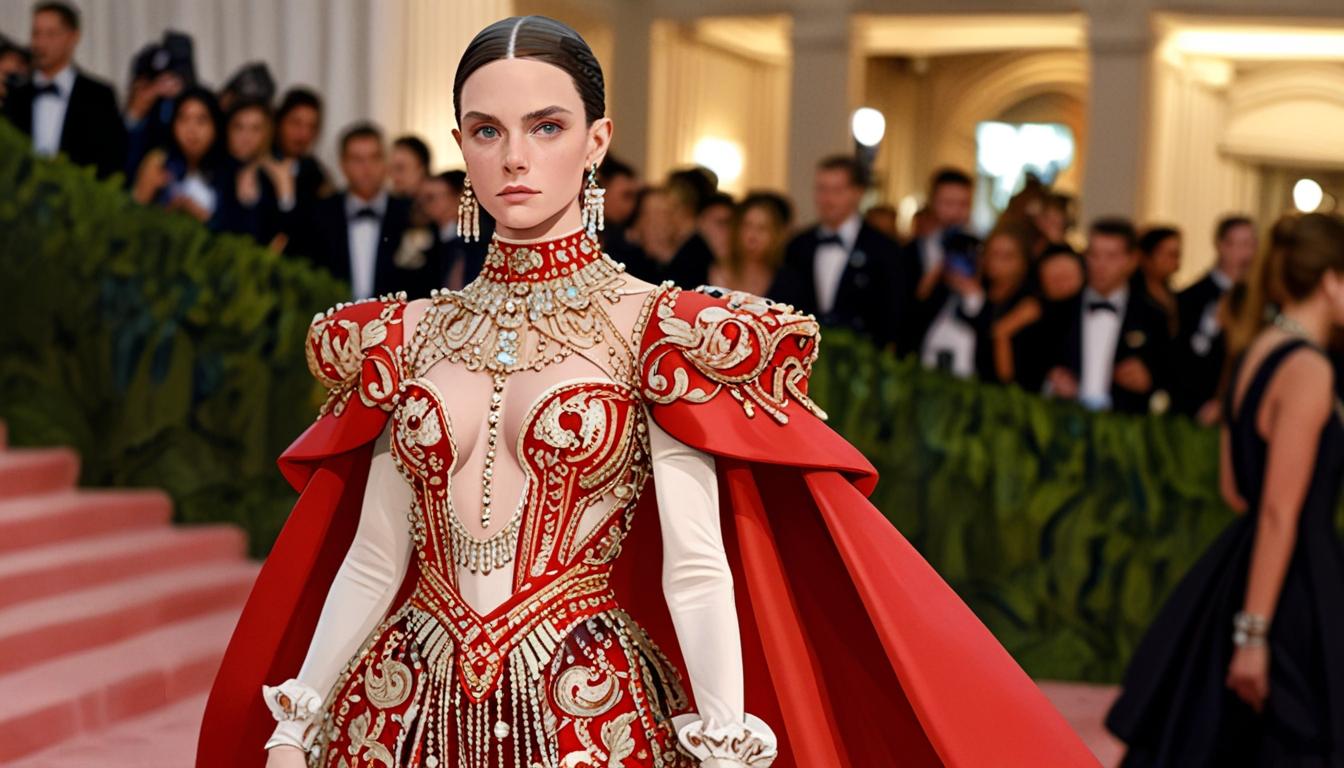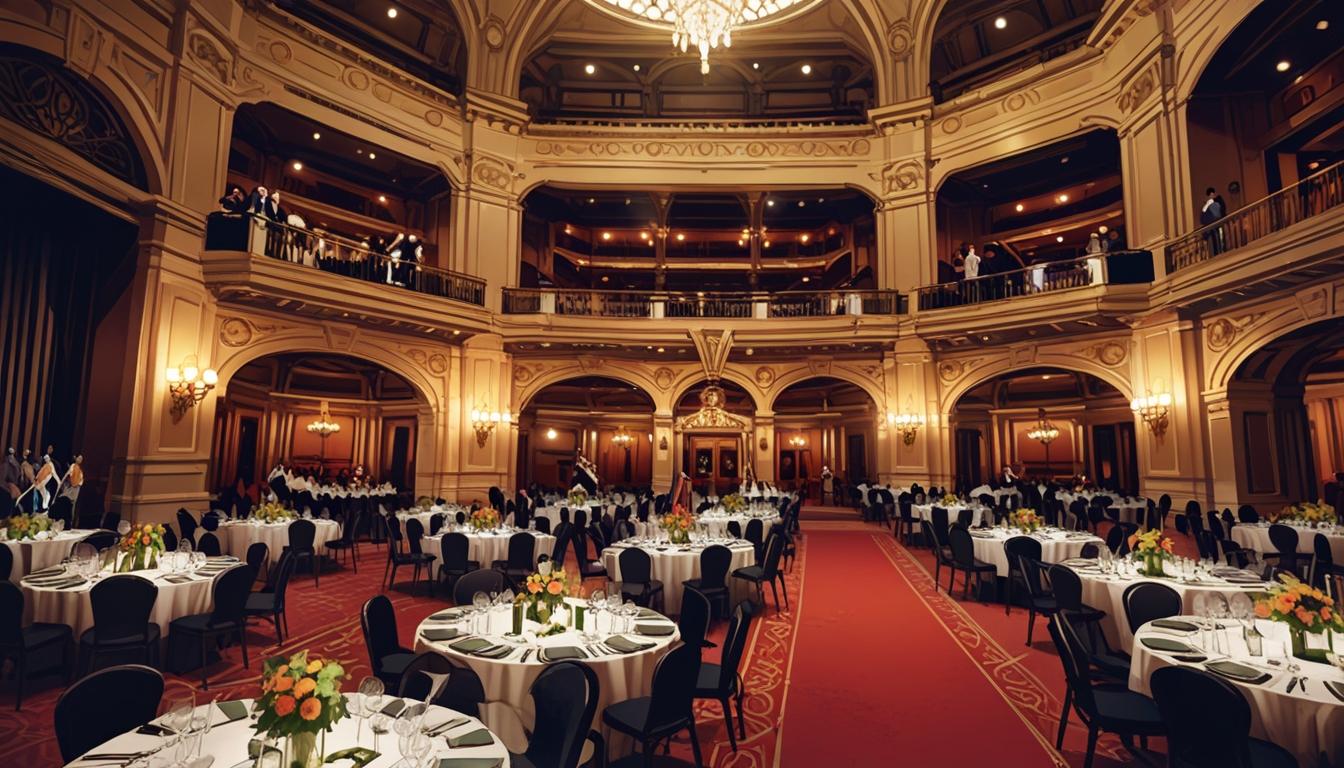As the fashion industry shifts from innovation to revival, archival styles are making a prominent comeback, igniting conversations about sustainability and cultural significance.
In a notable shift from the fast-paced innovation of the 2010s, the fashion industry in the 2020s appears to be embracing a revival of past styles, with archival fashion becoming a prominent trend. This movement reflects a desire to reconnect with historical fashion moments and has generated significant conversations within the industry. The Met Gala, slated for early May, is poised to showcase this trend more prominently, as attendees are expected to resurrect styles from various past eras rather than focus on emerging trends.
Recent instances of archival fashion include high-profile appearances by celebrities such as Zendaya wearing Thierry Mugler’s iconic Autumn/Winter 1995 robotic bodysuit at the premiere of “Dune: Part Two,” and Kim Kardashian donning Karl Lagerfeld’s ‘jellyfish dress’ from Chanel’s 1992 couture collection at a Pre-Oscars dinner. Such choices highlight a cultural shift in which fashion is increasingly viewed through the lens of nostalgia, rather than solely as a forward-looking enterprise.
Sabrina Carpenter, for instance, turned heads at the 2024 VMAs by wearing an archival Bob Mackie gown that Madonna originally sported at the 1991 Oscars. The revival of vintage pieces has dominated awards seasons, as evidenced by Kylie Jenner’s choice of a Versace chainmail dress from 1999 at the Golden Globes and Mikey Madison’s archival Giorgio Armani ensemble from Fall/Winter 1992 as she prepared for the Academy Awards. As Naomi Smith, fashion director of ELLE and marie claire Australia, noted, “It’s the exclusivity of finding something from the past that’s making archival fashion so fab.”
The rise of archival fashion is also reflected in the business landscape. Following notable appearances of several celebrities in archival designs, such as Miley Cyrus at the 2024 Grammys wearing a beaded Bob Mackie, luxury resale sites like The RealReal reported a 150% surge in searches for the designer’s pieces. Online platforms like Vestiaire and eBay have provided greater access to vintage items, democratizing the opportunity to purchase fashion history that was once exclusive to private collections.
Further complicating the narrative is the sustainability aspect; as the fashion industry grapples with its impact on the environment, there is a marked shift toward re-wearing and repurposing past pieces. “With economic issues like global warming—it’s not so cool to be excessive with your clothes anymore,” Smith commented, reflecting a broader societal desire to consume responsibly and reduce waste in fashion.
Beyond the environmental considerations, the allure of nostalgia is prominent as consumers find comfort in garments that represent a slower, more intentional approach to fashion. High-profile events, such as Kendall Jenner’s appearances at the 2024 Met Gala in Givenchy couture from 1999 and 1997, underscore the cultural significance attached to these revivals. They prompt a reconsideration of the historical context and cultural forces shaping past collections.
Yet, while the trend of looking back holds a captivating allure, it raises questions about the future of innovation in fashion. Smith observed that while drawing inspiration from the past can enrich contemporary designs, an over-reliance on nostalgia may stifle new ideas. “Maybe some brands are running out of ideas,” she suggested, acknowledging the challenges designers face in consistently delivering fresh perspectives.
In the current landscape, the most successful designers are those who can draw from their historical knowledge while also pushing boundaries. The works of Daniel Roseberry at Schiaparelli and Prada’s blending of historical references with modern storytelling exemplify how archives can serve as an inspirational foundation without hindering creativity.
As fashion appears to mirror current cultural sentiments, the rise of archival fashion signifies a collective yearning for continuity and meaning in a world often perceived as transient. The industry’s pivot towards celebrating narratives over novelty suggests that context and storytelling have become paramount in shaping contemporary style. As the fashion community prepares for the upcoming Met Gala, the focus on history, exclusivity, and cultural resonance will undoubtedly play a central role in defining this decade’s aesthetic.
Source: Noah Wire Services




